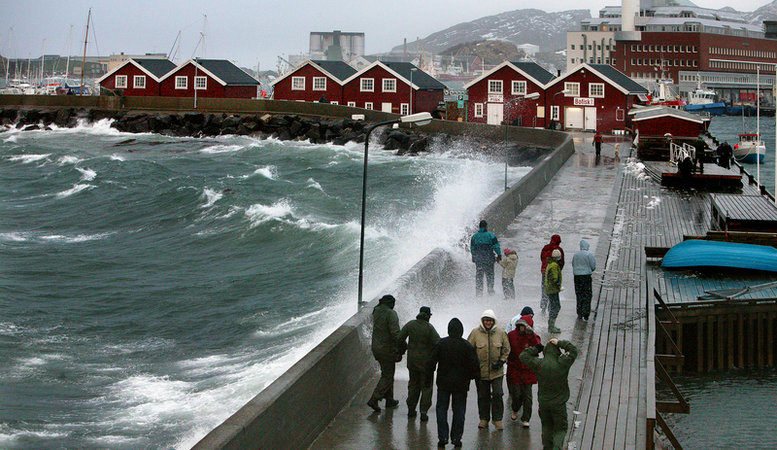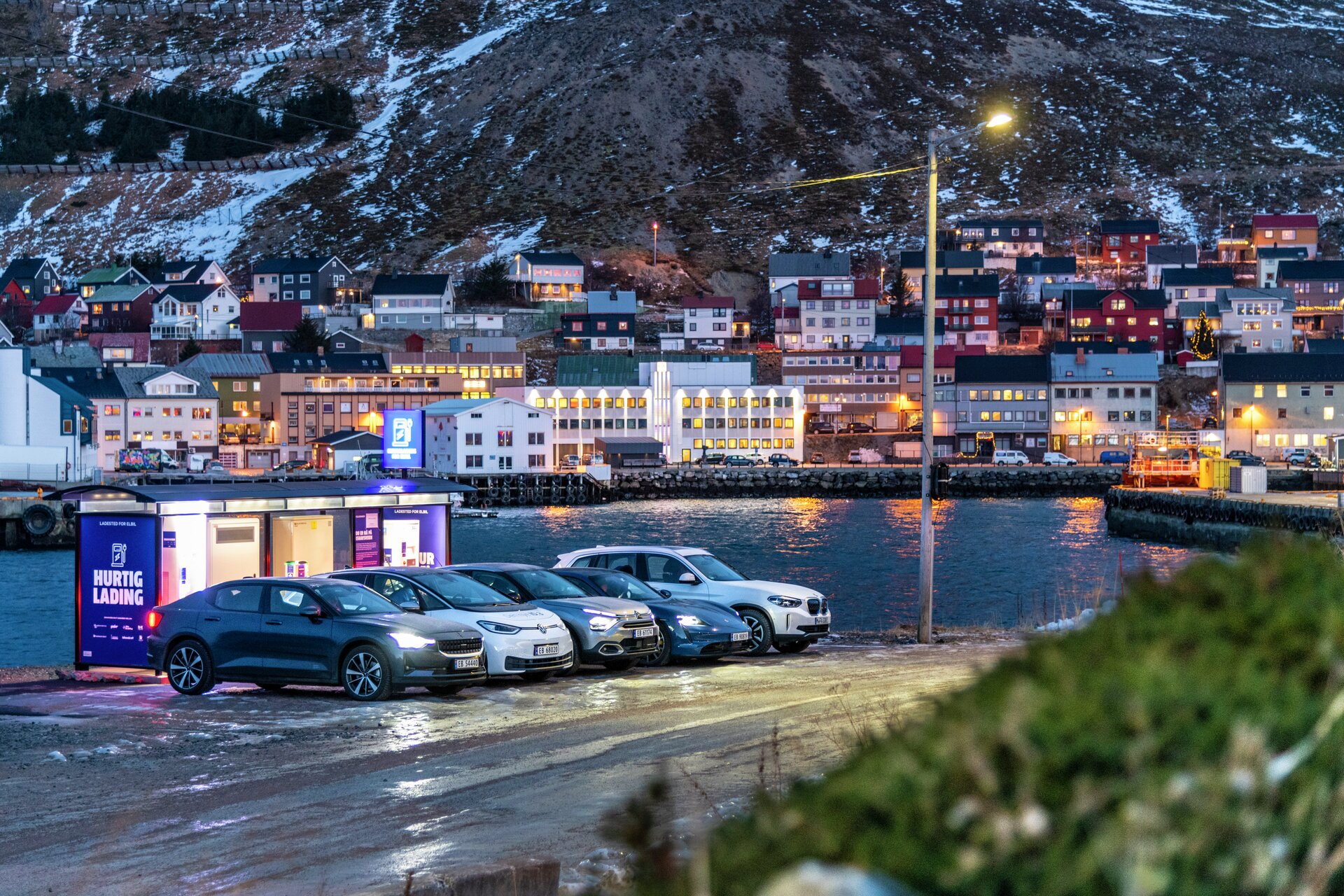When in Pennsylvania when some snow was forecasted the store shelves were literally cleaned bare of milk, eggs and bread the day prior to the storm. Assuming a similar mentality in an area forecasted to be hit by a major storm, will the grid handle all the EVs (and every other battery powered device) being topped off at the same time?
Wonder what happens to those lithium battery cars when they get submerged in flood water?
Talking with a Ford engineer he said part of the F150 battery testing was to withstand being under water, like when launching a boat. No idea if other EV batteries will be water proof.
Over half (54%) of all new registered cars in Norway are EV’s,
…so obviously it’s impossible for EV’s to be a viable option in cold weather environments! “ iT cAn’T bE dOnE! “
At least America leads the world in something. Unfortunately it is “It’ll will never work” comments. Meanwhile the world…
The weather in Arctic Norway can change rapidly and has seasonal, regional and topographical extremes. Always remember your rain jacket.

nordnorge.com
Lithium Worlds | Electric Car Paradise? Norway's Long Road towards Sustainable Transportation “My Tesla is good, but especially in the harsh winter months or the difficult mountain roads it has its limitations”, I would often hear. “You know, we need both cars”, I was also often told.
As I understand it, the subsidies for EVs did create a lot of new EV sales. However, many people didn't get rid of their old IC cars. The program basically turned one car families into two car families or replaced one of the cars in a two car family. Long term, I see that as the most likely way to get more EVs into the US market.

elbil.no
Little wonder Norway has so many EVs. "
The progressive tax system makes most EV models cheaper to buy compared to a similar petrol model, even if the import price for EVs are much higher. This is the main reason why the Norwegian EV market is so successful compared to any other country."
From the same website:
The Norwegian EV incentives:
- No purchase/import tax on EVs (1990- )
- Exemption from 25% VAT on purchase (2001- )
- No annual road tax (1996-2021). Reduced tax from 2021. Full tax from 2022.
- No charges on toll roads (1997- 2017).
- No charges on ferries (2009- 2017).
- Maximum 50% of the total amount on ferry fares for electric vehicles (2018- )
- Maximum 50% of the total amount on toll roads (2018- )
- Free municipal parking (1999- 2017)
- Access to bus lanes (2005- ). New rules allow local authorities to limit the access to only include EVs that carry one or more passengers (2016- )
- 50 % reduced company car tax (2000-2018). Company car tax reduction reduced to 40% (2018- ) and 20 percent from 2022.
- Exemption from 25% VAT on leasing (2015- )
- The Norwegian Parliament decided on a national goal that all new cars sold by 2025 should be zero-emission (electric or hydrogen) (2017).
- «Charging right» for people living in apartment buildings was established (2017- )
- Public procurement: From 2022 cars needs to be ZEV. From 2025 the same applies to city buses
And the way fuels are taxed in Norway also plays a roll making EV ownership more attractive:
Norway an EV role model? Their pathway is expensive and paid for with oil & gas exports - Energy Post
California is way different than Michigan, both of which are way different than Norway. What works in one place may be a complete failure somewhere else. In the US (I believe the data is from 2019) we averaged 14,000 km distance traveled in vehicles per capita per year while Norway averaged just 6,500 km. In the US there are 8.7 vehicles for every 10 people, Norway 6.4.
Fewer vehicles and less distance traveled per capita means fewer charging stations and less electrical infrastructure are needed to support EVs. Apples to oranges.



